AI Weekly Recap for December 8–14, 2025: 7 AI tools and launches reshaping development, from GPT‑5.2 and phone agents to world models, coding AIs, and...
Read Article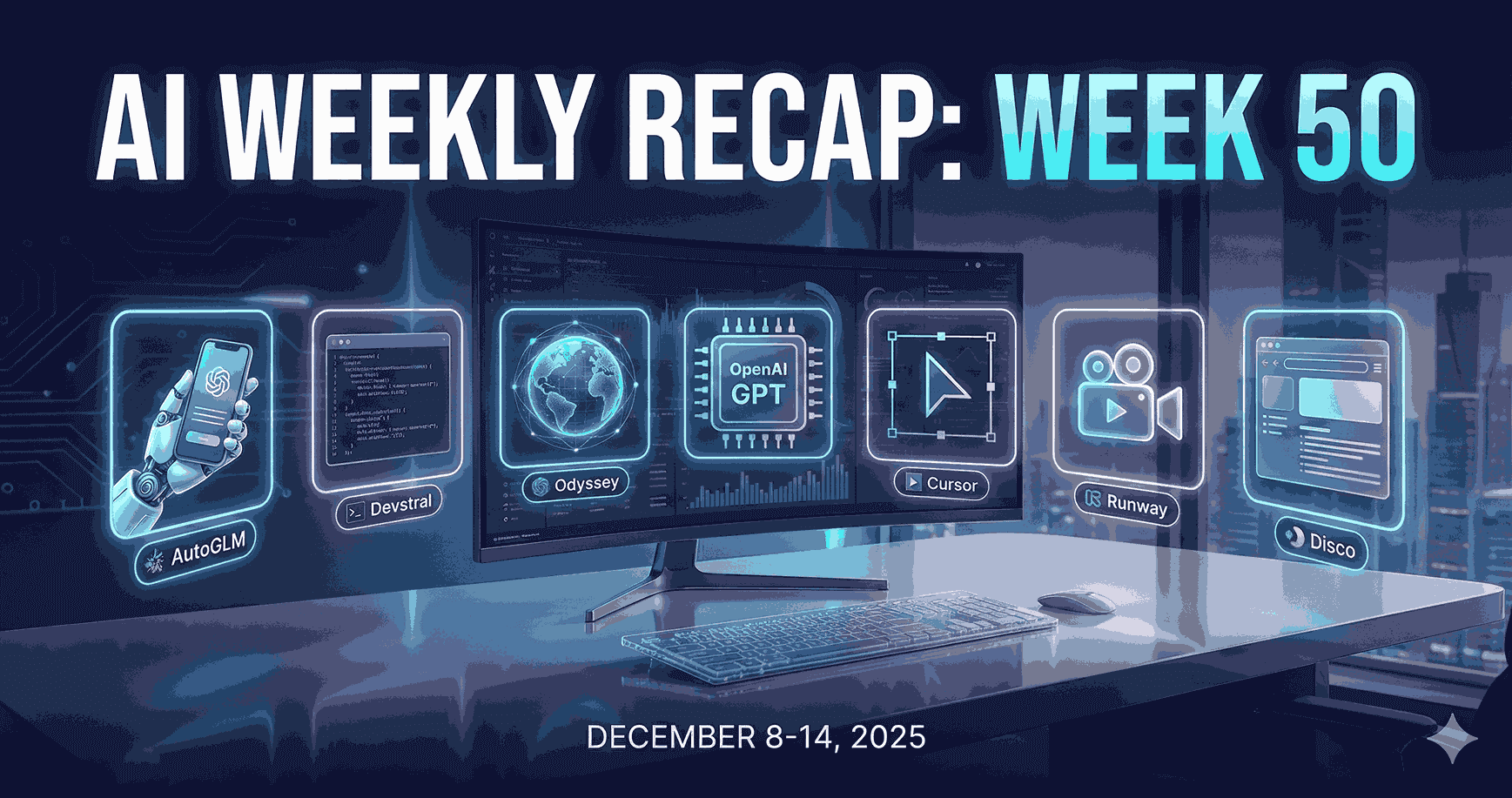
What our readers loved the most, handpicked insights curated by our editorial team
Discover structured learning paths designed to accelerate your AI journey
%25203%2520(2).png&w=828&q=75)
Create systems where multiple agents work together, building, orchestrating, and managing intelligent agents.
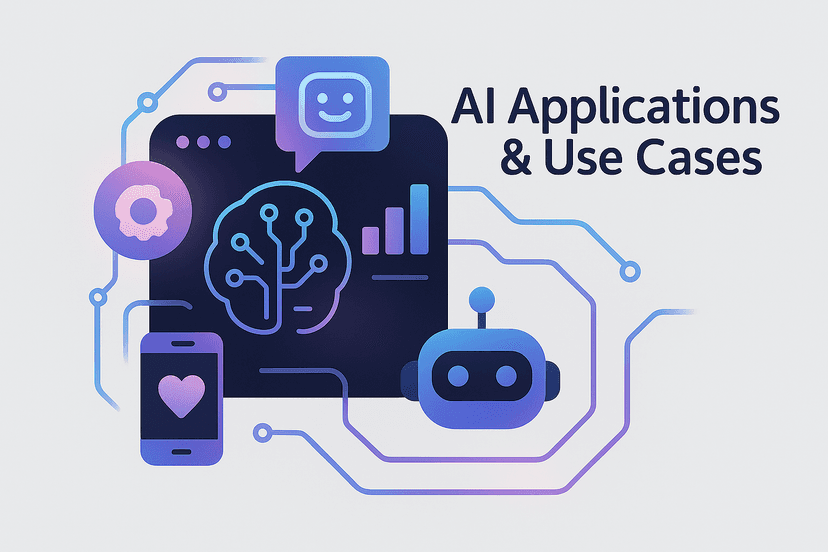
Learn practical ways to leverage AI for real-world problems, from career advancement and productivity to business solutions and creative projects.

Stay ahead of the curve with the latest AI breakthroughs, emerging models, and industry-shaping developments that are transforming technology and society
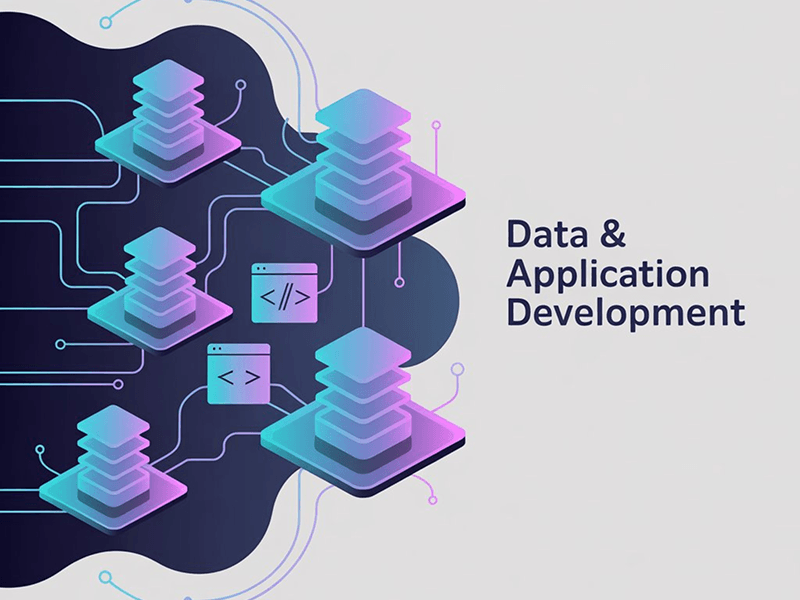
Extract, process, and transform raw data into intelligent applications that solve real problems.
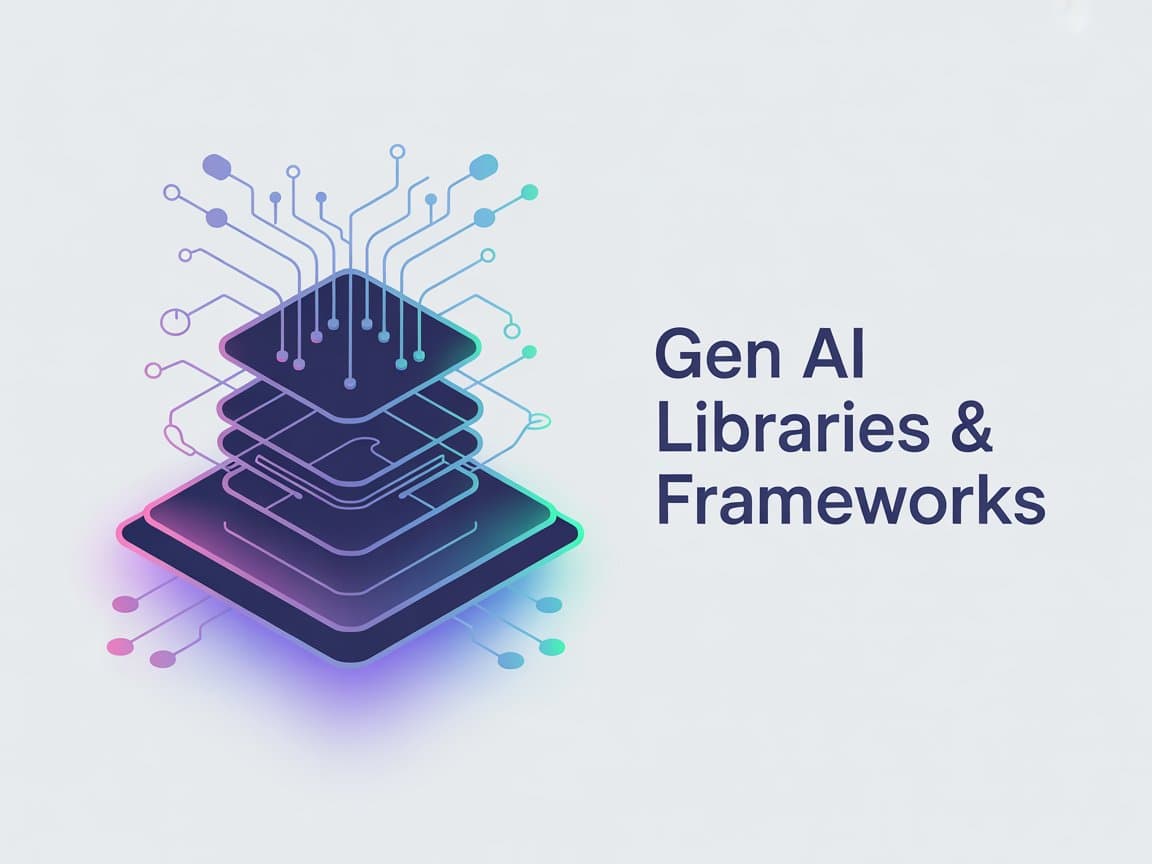
Master the fundamental libraries and frameworks that form the building blocks of modern applications.
Get the latest AI insights, tools, and frameworks delivered to your inbox. Join builders who stay ahead of the curve.
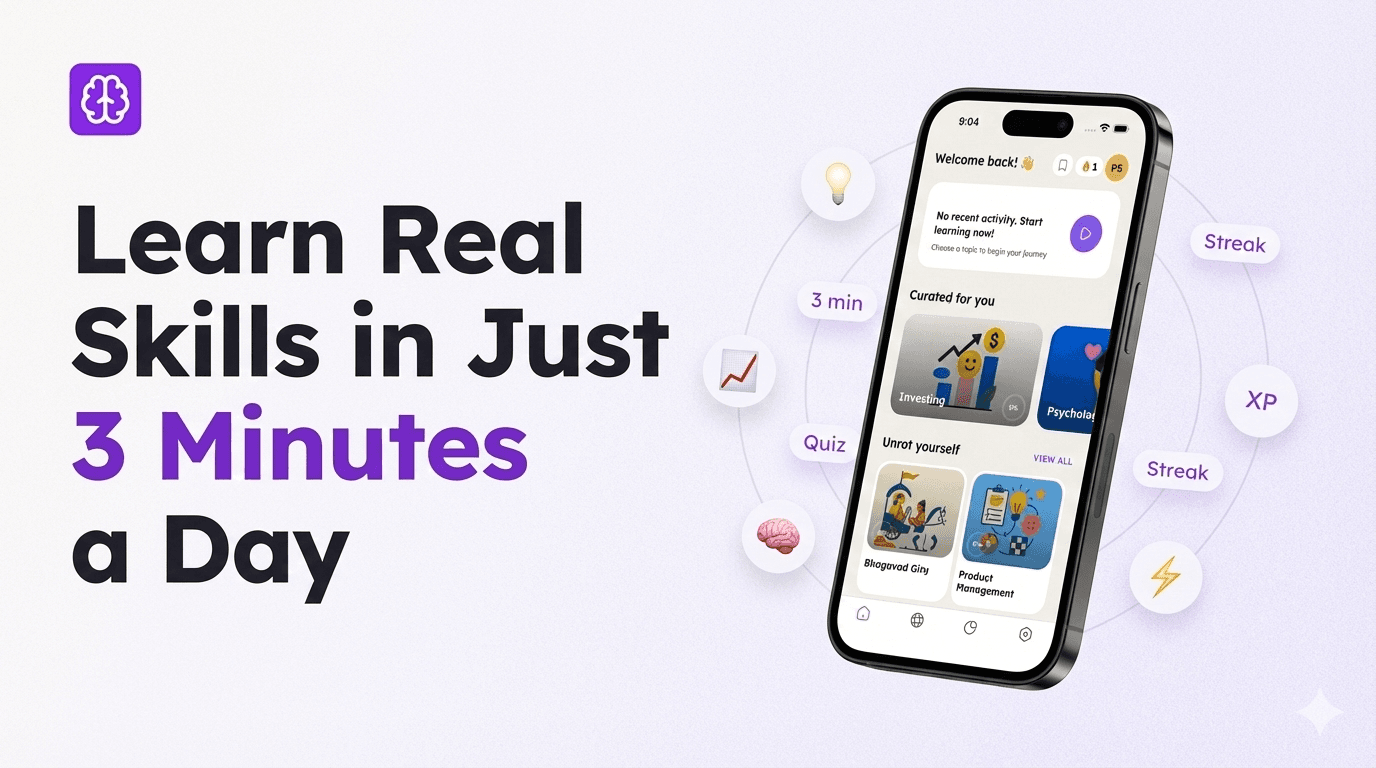
Unrot is a micro-learning app that helps busy professionals and students learn real skills in 3-minute lessons using quizzes and mobile-first design.

AI skills now command a 56% salary premium in India and globally. Learn which skills pay, how much you can earn, and how to qualify for the raise in 90 days.
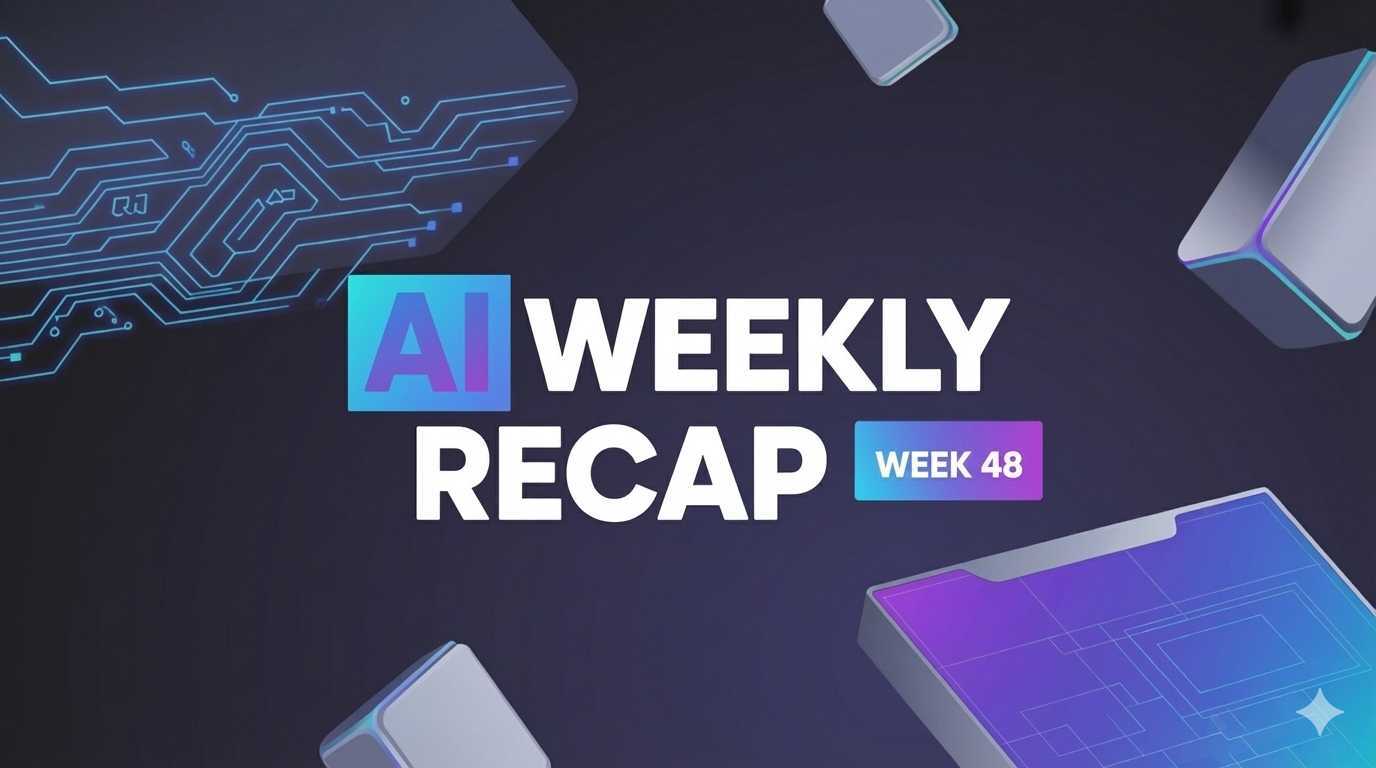
7 AI tools reshaping development: Google Workspace Studio, DeepSeek V3.2, Gemini 3 Deep Think, Kling 2.6, FLUX.2, Mistral 3, and Runway Gen-4.5.

Learn how to optimize your resume for ATS in 2025. Get actionable tips, templates, and keyword strategies to pass ATS filters and land interviews.
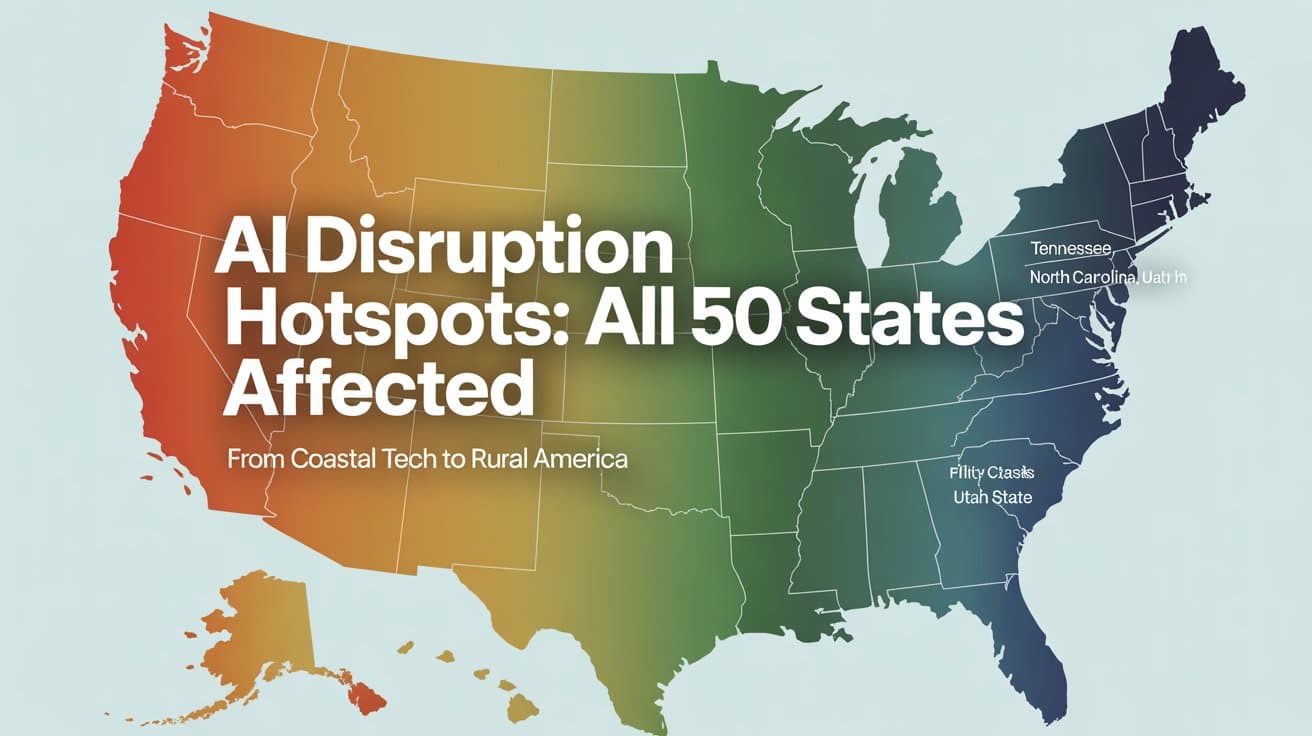
MIT Iceberg Index: AI can replace 11.7% of U.S. workers ($1.2T wages). See automation hotspots by state.
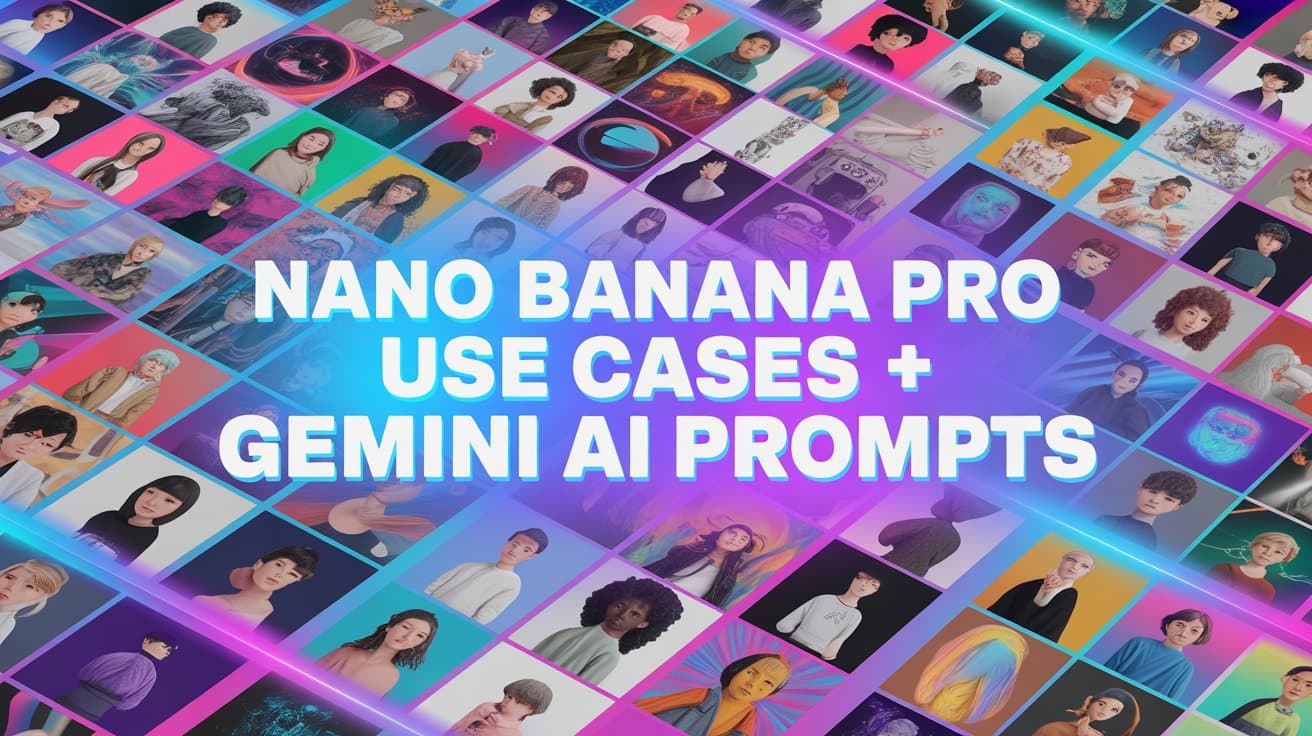
Explore 20+ popular Nano Banana Pro AI use cases with Gemini 3 prompts you can copy and paste. Create viral, photorealistic images fast—no premium needed.
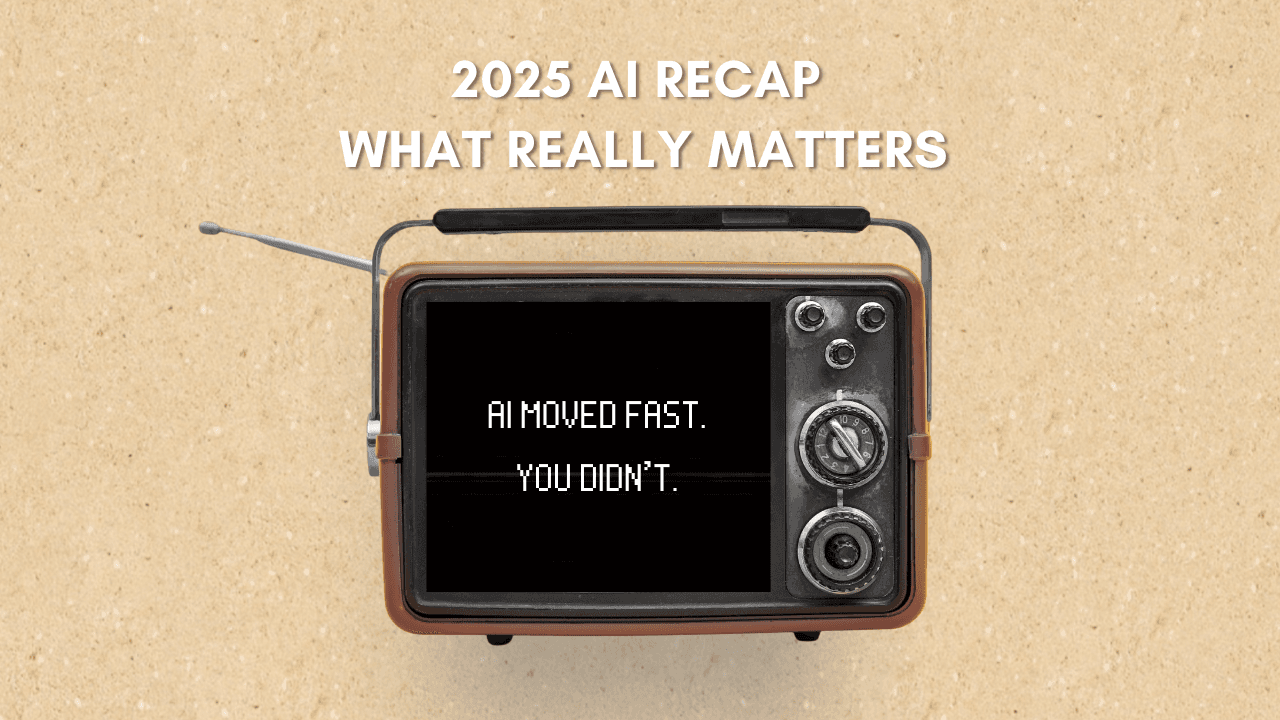
We spent the last few weeks going through every major AI announcement from 2025. And honestly? We're still processing it all. This wasn't just another year of incremental updates. 2025 was the year AI stopped being a helpful assistant and became an actual coworker. Find out more in our blog!
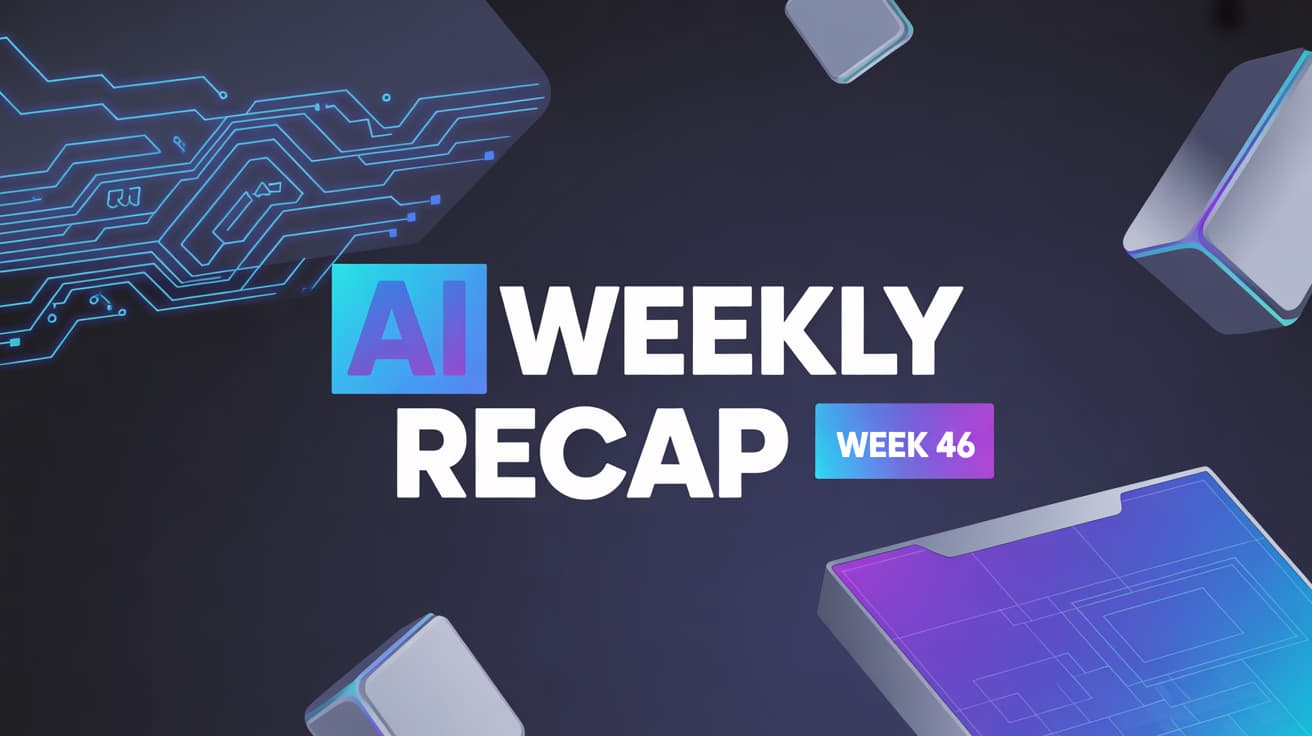
Week 46's top AI releases: GPT-5.1 runs 2-3x faster, Marble creates 3D worlds, Scribe v2 hits 150ms transcription. Discover all 7 breakthrough tools.
Ideas, insights, and inspiration from the journey of building something amazing

Satvik Paramkusham